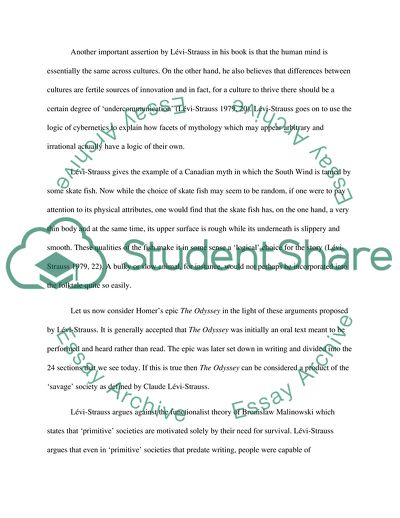Mythology: Applying a theoretical approach to The Odyssey Literature review Example | Topics and Well Written Essays - 1250 words. https://studentshare.org/literature/1761301-mythology-applying-a-theoretical-approach-to-the-odyssey
Mythology: Applying a Theoretical Approach to The Odyssey Literature Review Example | Topics and Well Written Essays - 1250 Words. https://studentshare.org/literature/1761301-mythology-applying-a-theoretical-approach-to-the-odyssey.


